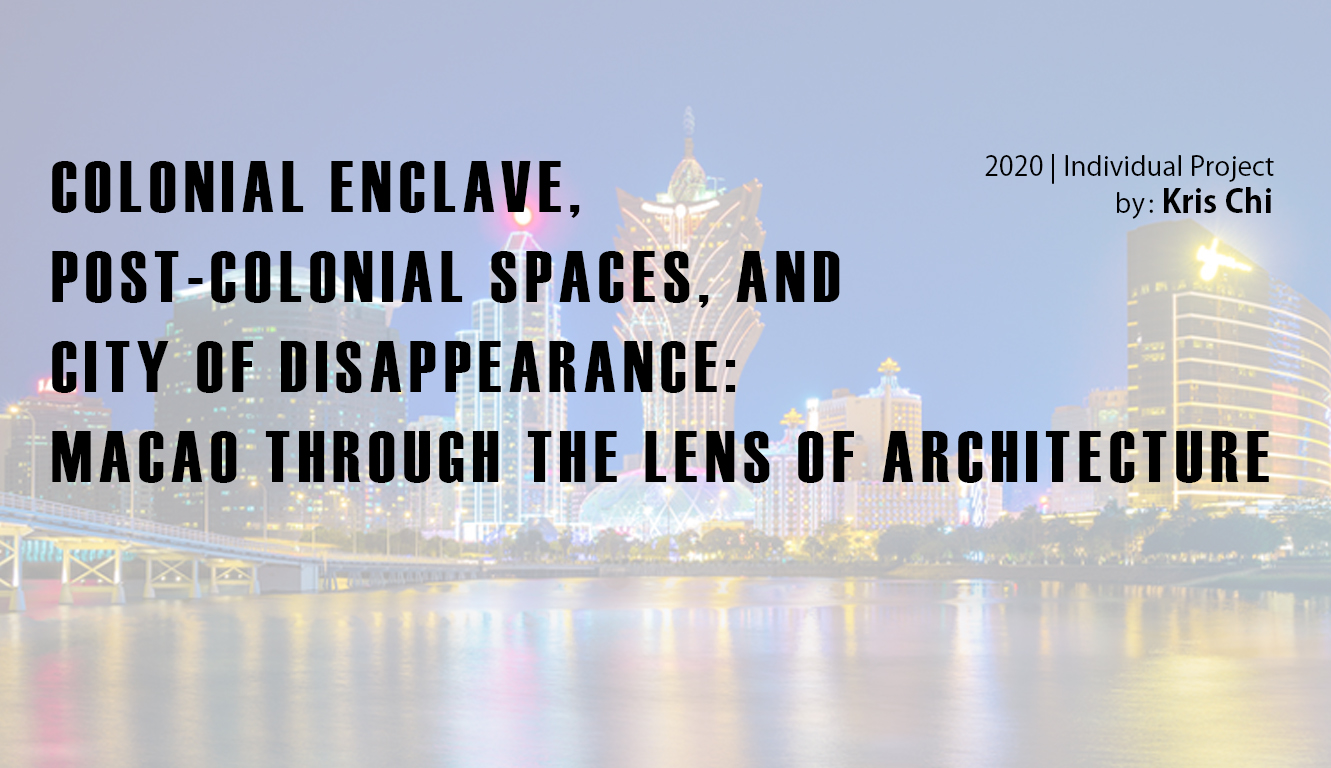Introduction
Drawing on cultural theories and concepts, the project explores the shifting cultural identity of a city from the perspective of architecture. The paper looks at the architectural and spatial reconfigurations that have been taking place in Macao since the turn of the century, and suggests that the superimposition of new structures and built spaces, driven by new social forces, have attributed to the altered identity and cultural memory of the city. The superimposition is surveyed from six intersecting perspectives: the anamorphic, the hyperreal, the ideological, the spiritual, the touristy, and the everyday. The paper reflects on the city’s spatial realities and the associated (re)construction of past and present narratives, while imagining a trajectory where continuities can be negotiated from beyond.
Experience at MALCS
The methodologies, concepts and perspectives that I was exposed to at MALCS have contributed greatly to my ability to think interdisciplinarily. I completed the programme feeling inspired and enriched; and importantly, I have acquired a toolbox that would help me think about “culture”, in its many manifestations and connotations.

